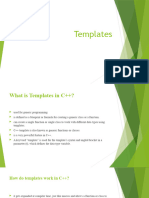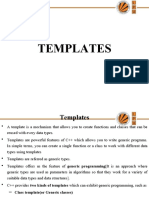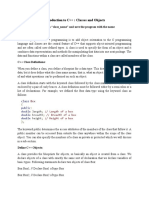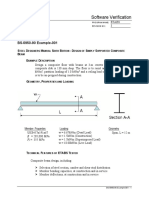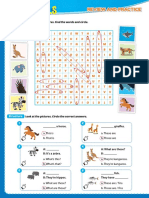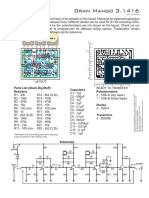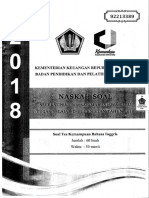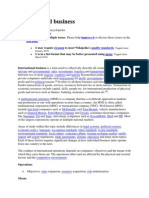100% found this document useful (1 vote)
62 views9 pagesC++ Class & Function Templates
Uploaded by
akhilsanju12345Copyright
© © All Rights Reserved
We take content rights seriously. If you suspect this is your content, claim it here.
Available Formats
Download as PDF, TXT or read online on Scribd
100% found this document useful (1 vote)
62 views9 pagesC++ Class & Function Templates
Uploaded by
akhilsanju12345Copyright
© © All Rights Reserved
We take content rights seriously. If you suspect this is your content, claim it here.
Available Formats
Download as PDF, TXT or read online on Scribd
/ 9




